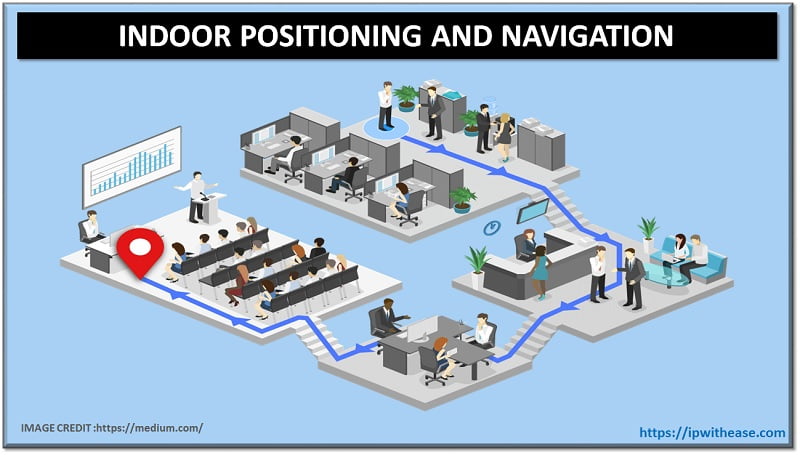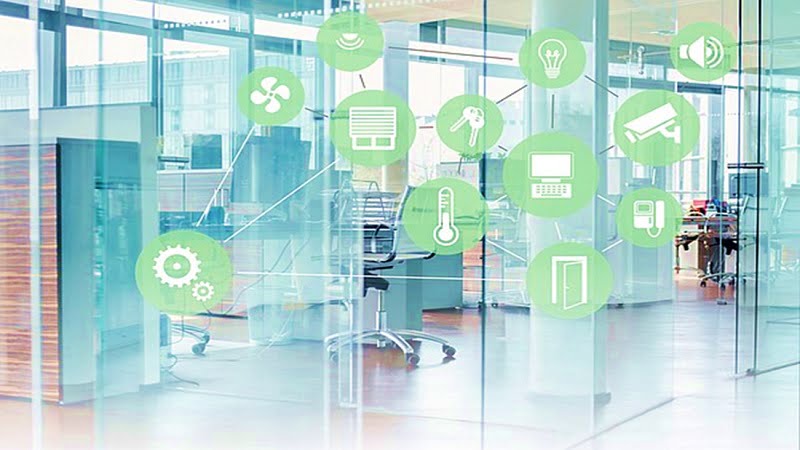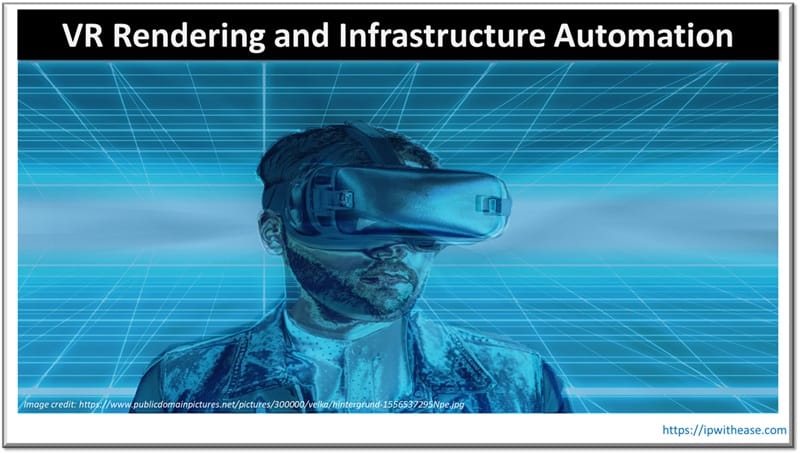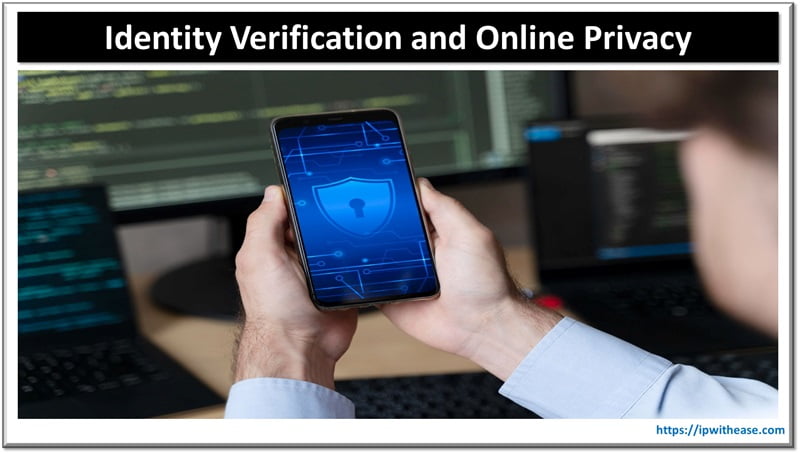Table of Contents
The indoor navigation and positioning system has seen a massive boom over the past year. With the pandemic, more businesses are looking at indoor navigation applications to keep their staff safe and keep business running as usual.
This industry is set to reach even further heights as more people see how useful this technology can be for their business.

What is Indoor Navigation?
This technology makes up a network of Bluetooth and unified positioning technology that allows the user to track assets or people inside a location that GPS does not work well in. This opens up many avenues for implementing position tracking to increase the efficiency of a business in industries such as retail, warehousing, manufacturing, healthcare, and more.
The use of these indoor navigation applications has been so widespread. It has penetrated so many new markets that, at its current rate of expansion, it is expected to reach a growth rate of 30.50% in the coming years.
The value of the market was around $24 billion by 2023, which is a massive jump from the base years’ stats and is growing exponentially.
How will this system affect the future of business?
As more people identify with the system, the more uses and expectations will spring out of it. GPS has been a worldwide phenomenon for a long time, and the way it has been used and integrated into other systems and technologies has revolutionized the world and the way we work.
However, GPS is only able to work up to a certain extent and where they fail is when you’re inside or in locations that satellite signals cannot penetrate through (even through walls and ceilings of buildings).
Using a system of battery-based beacons that are placed inside buildings and Bluetooth, we can remove this limitation and get an accurate picture through the signals that these beacons receive. The innovations that are being made to these internal navigation systems are indicative of the revolutionary methods used by GPS at its time.
To put it into context, let’s look at some everyday situations in business and in life and how it can be affected:
Related: Challenges Ahead: Coronavirus Impact
How Indoor Positioning affects businesses
1.Retail
Implementing indoor navigation into retail stores and malls can do a lot for both businesses and customers alike. Companies can lead customers straight to the products they are looking for using this system. You can even utilize geo-location inside a mall to notify customers about a sale or deal when they are close to the store.
Because of how fast-paced the retail industry is – and with giants like Amazon creating intense online competition – many retail businesses are always on the lookout for new ways to improve the customer experience and increase sales. That is where internal navigation software comes into play with their advanced location systems and notifications that are going to save both the business and the customer money and time.
2.Industry
The manufacturing side of business is also seeing a boom in innovative technology that saves time and cost. Currently, large factories require a lot of staff working and supervising to keep running smoothly. There is a lot that needs to be kept track of, and it is very easy to lose track of what goes on inside big operations like these.
With the introduction of real-time monitoring software, these businesses will be able to track the movement of all their staff and assets, which will, over time, make the whole process faster and smoother. This will boost productivity levels, help identify hidden costs that can usually get lost in massive spreadsheets, and help managers make more informed decisions in real-time.
All this is only with the start of this new era in development. In 2021, especially with the way Covid-19 has hit this industry, these technologies will be adopted by many manufacturing businesses to help with their day-to-day work and, thus, will only improve over time.
3.Smart Offices

The one thing that is most prominent about the way we work now because of the virus is that most businesses have switched to remote working. Companies have woken up to the fact that technology can be incorporated into how their staff work to increase convenience and, thereby, productivity.
As such, there has been more talk about incorporating more of this technology into regular offices because of the success we have seen so far. This technology can be used to monitor real-time data inside offices, such as meeting room availability, cloud-based security, booking software, and more.
4.Logistics
Logistics may look like an easy job from a description of it of but that in reality, that is far from the case. Everything from identifying packages to delivering them to the correct location can be a huge process depending on the company’s size.
Without software or technology in place, this method can take days or weeks, severely underutilizing the efficiency needed. We still need further improvements to processes to make shopping simpler in an increasingly digital era. The focus remains to minimize supply chain disruptions.
Understanding the Changes
Indoor positioning systems provide real-time statistics and help in boosting productivity in various categories of business. Business owners can use this data – such as in retail sectors to attract customers and increase sales.
With time, more businesses will adjust to incorporate these new technologies, such as vehicles that can use the location system to navigate around warehouses by themselves to deliver boxes.
If anything, Covid-19 has proven that humans can adapt to many situations even if they have never seen them before.
We all need to do our part in curbing this virus and the use of indoor navigation applications is certainly going to be a very important step in helping with this. Now, it has many uses and applications that it can certainly help with. That being said, it is now more important than ever to introduce an internal navigation and positioning system to help the world fight against Covid-19.
ABOUT THE AUTHOR
IPwithease is aimed at sharing knowledge across varied domains like Network, Security, Virtualization, Software, Wireless, etc.



